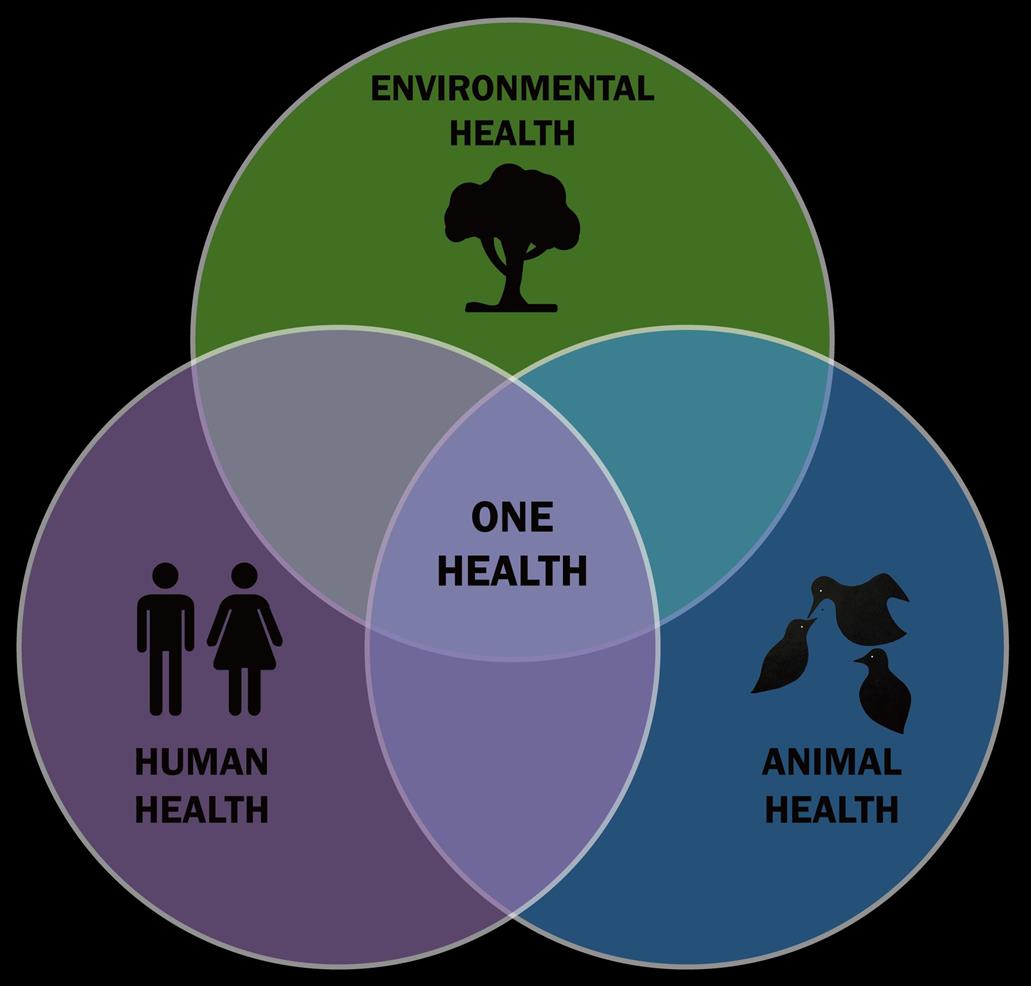The whole world has been affected by the Covid-19 pandemic – we all fear for our own health, that of our loved ones and also those who are most vulnerable. In the span of just a few weeks, Covid-19 suddenly become more urgent than the crises of ongoing climate change or the dangerous decline in biodiversity. Catastrophic events that once monopolised world attention, such as the forest fires in Australia , suddenly seemed less serious than a pandemic that could touch all of us, immediately, in our own homes.
However, like other major epidemics (AIDS, Ebola, SARS, etc.), the emergence of the coronavirus is not unrelated to the climate and biodiversity crises we are experiencing. What do these pandemics tell us about the state of biodiversity?
New pathogens
Humankind is destroying natural environments at an accelerating rate. Between 1980 and 2000, more than 100 million hectares of tropical forest were felled, and more than 85% of wetlands have been destroyed since the start of the industrial era. In so doing, we put human populations, often in precarious health, in contact with new pathogens. The disease reservoirs are wild animals usually restricted to environments in which humans are almost entirely absent or who live in small, isolated populations.
Due to the destruction of the forests, the villagers settled on the edge of deforested zones hunt wild animals and send infected meat to cities – this is how Ebola found its way to major human centres. So-called bushmeat is even exported to other countries to meet the demand of expatriates and thus spreads the health risk far from remote areas.
We shamelessly hunt exotic and wild species for purely recreational reasons – the appeal of rare species , exotic meals, naive pharmacopeia, etc. The trade in rare animals feeds the markets and in turn leads to the contamination of urban centres by new maladies. The epidemic of severe acute respiratory syndrome (SARS) rose out of the proximity between bats, carnivores and gullible human consumers. In 2007, a major scientific article stated:
This time bomb seems to have exploded in November 2019 with the Covid-19.
The danger of zoonoses
The consumption and import/export of exotic animals have two major consequences. First, they increase the risk of an epidemic by putting us in contact with rare infectious agents. While they’re often specialized by species and thus cannot defeat our immune system or even penetrate and use our cells, trafficking and confinement of diverse wild animals together allows infectious agents to recombine and cross the barrier between species. This was the case for SARS and may have been the case for Covid-19 . Beyond the current crisis, this risk is not marginal: It should be remembered that more than two-thirds of emerging diseases are zoonoses , infectious agents that can pass between animals and humans. Of these, the majority comes from wild animals.
Second, capturing and selling exotic animals puts enormous pressure on wild populations. This is the case with the pangolin , recently brought to light by the Covid-19 pandemic. The eight species of this mammal, which is found in Africa and Asia, are poached for their meat and scales despite their protected status. More than 20 tonnes of meat are seized each year by customs, leading to an estimate of around 200,000 individuals killed each year for this traffic.
Humanity is thus doubly endangering itself: We are enabling the creation of emerging diseases and also destroying the fragile biodiversity that provides natural services from which we benefit.
The circumstances of the emergence of these new diseases can be even more complex. This is how Zika and dengue viruses are transmitted by exotic mosquitoes transported by humans through international trade. The trade in used tires in which water collects and allows aquatic mosquito larvae to develop and be transported is particularly criticized. Here the disease does not spread by a first direct contact between the human species and reservoir animals followed by intra-human transmission, but it is transmitted to the human species by vector mosquitoes, the latter moving efficiently with our help.
Managing human and environmental health
The World Health Organization’s ‘One Health’ initiative advocates managing the issue of human health in relation to the environment and biodiversity. It has three main objectives: combating zoonoses, ensuring food safety and fighting antibiotic resistance.

The ‘One Health’ initiative seeks to promote optimal health for people, animals and the environment. Wikipedia
This initiative reminds us that we cannot live in an artificial cocoon, never be in contact with biodiversity whether it be wild, raised or grown. Two of the initiative’s three targets – food security and zoonoses – are directly related to the current Covid-19 crisis. We should not create dangerously unsustainable food circuits, whether it be importing exotic species or feeding unnatural products to farm animals – this was what led to mad cow disease , after all.
The causes of the biodiversity crisis are well known and so are the remedies. First and foremost is stopping the destruction of the environment – deforestation, the world trade in any commodity or living species, the transport of exotic animals – for short-term gain, often just a few percentage points of profitability compared to local production.
The world after Covid-19
Voices are starting to be heard that that the ‘world will not be the same after Covid-19’ . So let’s integrate into this ‘next world’ a greater respect for biodiversity. It’s our greatest immediate benefit!
The world that we will leave to our children and grandchildren will experience deadly new pandemics , that is unfortunately certain. How many will there be depends on our efforts to preserve biodiversity and natural balances, everywhere on the planet. Beyond the current human tragedies, one can at least hope that Covid-19 has had the positive effect of raising this awareness.
